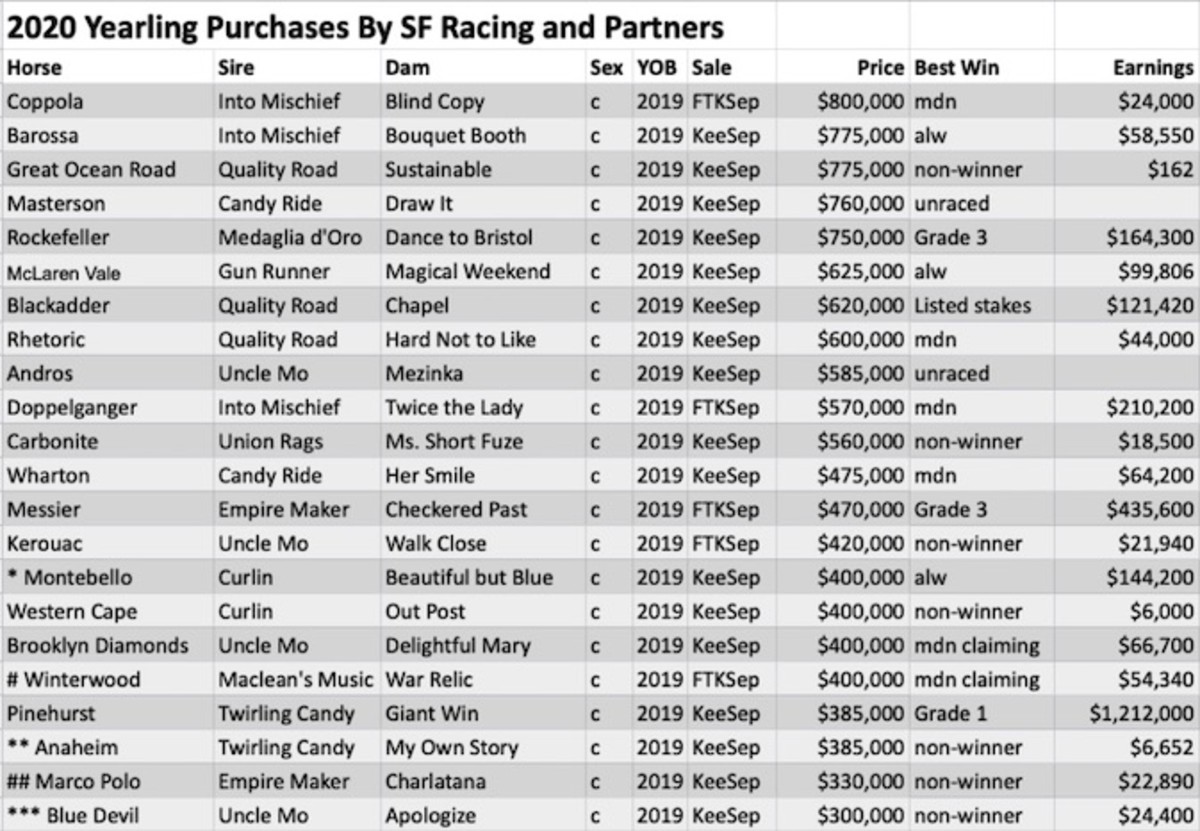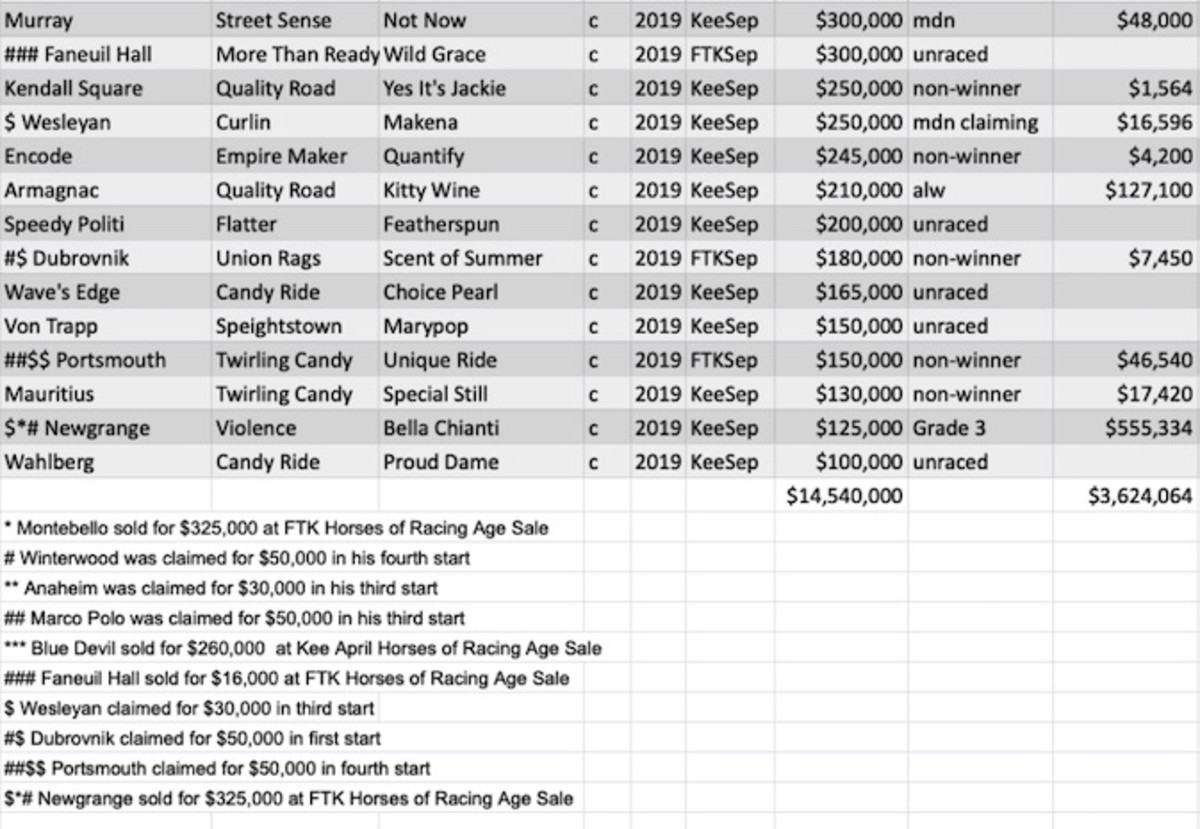Change is never easy, especially change being brought about by the federal government imposing national uniform reforms in an industry long regulated at the state level. I served in the House of Representatives for 10 years, representing 750,000 people from South Florida. I heard day in and day out from my constituents on how we in the government could do things better. This feedback drove the work I did in Congress. Since I started at NTRA, I've been meeting with my new Thoroughbred racing constituency to hear about the major issues they face and how the NTRA can help. One of the most common concerns revolves around a bipartisan bill signed into law by President Trump in 2020 known as the Horseracing Integrity and Safety Act (HISA).
The fact of the matter is, Thoroughbred racing has needed change for quite some time. We all know that. The path we were going down was not sustainable, and after some challenging years we could not as an industry keep doing business as usual. Accordingly, since the passage and implementation of HISA, I'm optimistic that together we can work to preserve horse racing so that future generations can also enjoy it. The best way to do that is by creating fairness and safety across the nation for the people and horses that make up this sport we love.
HISA officials are doing all they can to educate and communicate with industry stakeholders covered by the law. I think it's important to separate facts from myths, so misinformation doesn't get in the way of the Authority's work. So let me try to set the record straight.
Myth: HISA has very broad powers of search and seizure under the law, which violates the Fourth Amendment.
Fact: HISA regulations are very similar to those long used by state horse racing authorities and courts usually affirm those powers.
State horse racing authorities have long exercised investigatory and enforcement powers over licensed entities that are similar to those provided in HISA. More broadly, courts have dismissed search-and-seizure objections critics have raised because participants in closely regulated industries have diminished expectations of privacy. While individuals have a Constitutional right to privacy, there is no Constitutional right to own, race, and train horses. Licensed individuals are only able to participate under the terms of their license and if rules are violated, that license can be revoked. However, HISA has made it clear their regulatory authority extends only to matters relating to racing. So any argument claiming HISA extends beyond matters relating to racing is wrong.
Myth: Many states don't currently have a voided claim rule, and now HISA is regulating all claims to the detriment of owners and trainers.
Fact: HISA provides a long needed, nationwide voided claim rule which will standardize the process for all claims, eliminate confusion and protect owners and trainers.
For years, voided claim programs have been confusing and challenging, even for regulators. In many states, voided claim rules don't exist at all. HISA aims to standardize this process. It will require a claim be voided in five specific circumstances (death, euthanasia, bleeding, being vanned off the track or testing positive for prohibited substances) making the rules clearer and leveling the playing field. Primarily this rule is intended to protect the welfare and safety of horses. Additionally, this rule is intended to protect people who sell horses through the claiming business but also ensure those purchasing horses are getting a fair purchase.
Myth: HISA's Committees are not representative of the Industry.
Fact: The Advisory Committees are made up of veterinarians, chemists, a jockey, former track owners and operators, breeders, former heads of equine sales companies, and a wide array of highly regarded independent directors with expertise both within and outside of horse racing.
HISA has worked with stakeholders from every facet of the industry to make the Advisory Committees as representative and inclusive as possible. HISA has also sought and received public comment on every proposed rule and regulation, so that any parties not directly represented on the Committee could share their input. While it is impossible for everyone to have a seat at the table, the Authority has made every effort to have representation and input be as wide-ranging as possible.
Myth: HISA is going to cost too much and small tracks and small owners will no longer be able to participate in the industry.
Fact: While not all state racetracks and regulators have finalized funding mechanisms for HISA fees, the best way to drive down the cost per covered individual is by every segment of the industry participating.
The concern over cost is a very valid one that I don't want to minimize. The cost assessment model is based on 50% starts and 50% purses, which is intended to help the smaller tracks. HISA will also be looking for supplemental funding models as they move forward. The best way to drive down cost is for all industry participants to pay their share, which will bring down the cost for each covered individual. In the end, if it leads to a safer sport with a higher degree of transparency and integrity, then it will be money well spent. That, after all, is what we all want and what people expect.
…
When I first took this job, I met with a well-known trainer and asked him what he wants for racing. He said one word: fairness. With minimum standards of fairness across the country, Thoroughbred racing and betting will be more competitive and more fun. We must continue to work together as an industry to improve our sport, so the dream of future generations enjoying horse racing can become a reality.
The post NTRA’s Rooney: Debunking Some Commonly Held Myths About HISA appeared first on Horse Racing News | Paulick Report.


